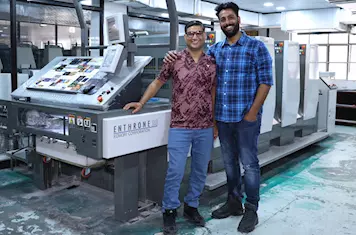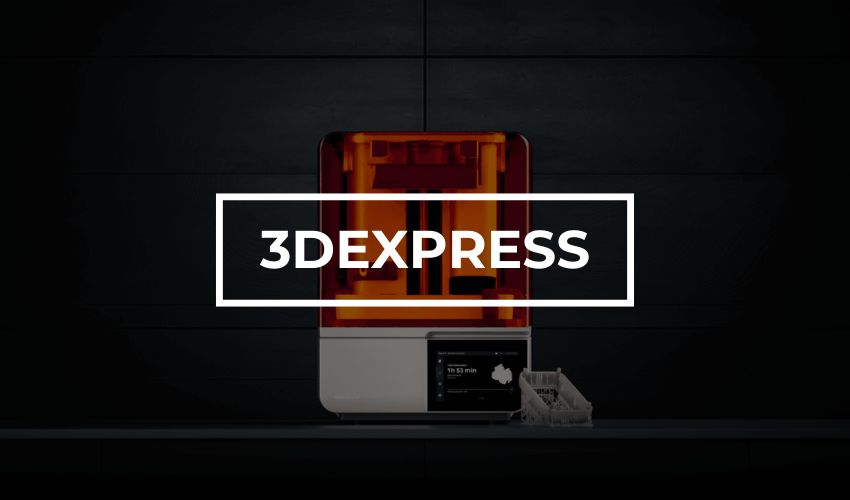Printer Options For Printing Barcode Labels
What does a barcode look like? How can we print them?
Barcodes are machine-readable information that is attached to store products. They can be used in conjunction with Auto ID Data Capture systems (AIDC) for faster data entry. The Universal Product Code (UPC bar code) is the most popular barcode standard. This is the barcode that is most commonly used in retail shops.
Each product that is registered into this system is assigned a unique code. These codes are represented by different widths and spaces between the bars. They can be decoded using barcode scanners to identify, record, and monitor each item faster.
Barcodes are used for inventory control. This is its most important function. For a more precise inventory count, every item in a store can be tagged with a unique barcode. Employees can scan barcodes handheld for faster and more accurate inventory counts. This is possible when the barcode system and a point-of-sale program are used together. Combining the two systems significantly lowers inventory costs.
Barcoding can not only improve inventory control but also help to track assets, monitor field employees, increase sales, and reduce or eliminate errors in data entry.
The question now is how do you create barcodes? This is where barcode software and printers come in handy. There are three types: thermal, dot matrix and laser barcode printers. Each barcode label printer has its own benefits and limitations.
Dot matrix printers were one of the first printers to create barcode labels at consumer level. Dot matrix label printers have the advantage of being inexpensive and cost-efficient. Dot matrix printers don’t produce durable, high-quality labels. Dot matrix printers often have to print barcode label in large quantities. This can be both costly and wasteful.
Laser printers are the second type of barcode printer. Laser printers can print barcodes faster than traditional dot matrix printers. They also print at higher resolutions which result in better quality barcode labels. Laser-printed labels can be fragile as they are printed on regular paper, not the thermal-resistant paper.
Direct thermal printers are the third type of barcode printer. They are the most efficient for printing barcode labels. Thermal printers print barcodes with heat using special heat-sensitive papers or labels.
Thermal printers are capable of producing high-resolution barcode labels. They can also print them one at time. This makes them less wasteful and more cost-efficient than dot matrix or laser printers.
Thermal printers can work with high-quality point-of-sale programs to track inventory. These thermal printers can be used with most high-quality POS programs to print barcode labels. They can include detailed information like model number, prince, description, etc.
Barcodes were not invented new. They’ve been around since the 1960s. They are cost-effective and can be used by any business to increase sales or maintain a more precise inventory.
Nelson J. Packard, Source


